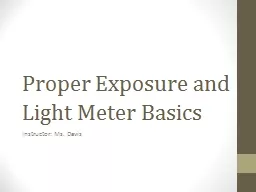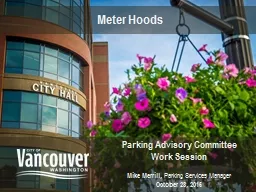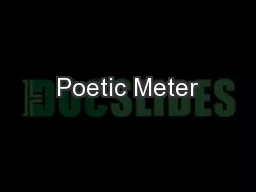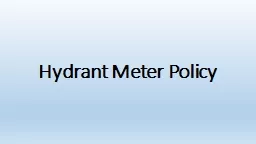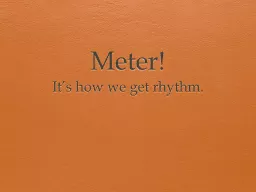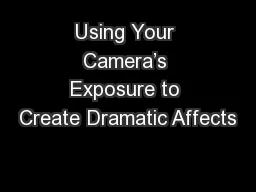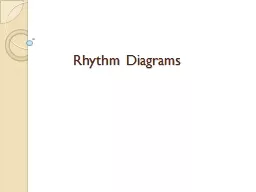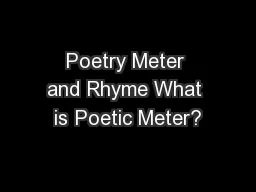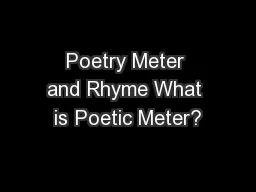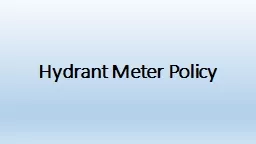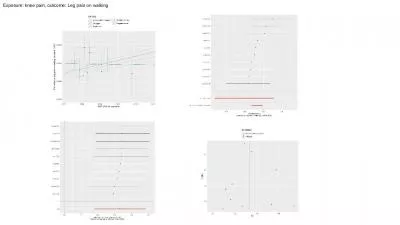PPT-Proper Exposure and Light Meter Basics
Author : liane-varnes | Published Date : 2016-10-11
Instructor Ms Davis A camera measures how much light is reflecting off of a subject You use the cameras light meter to determine how much light your photo will need
Presentation Embed Code
Download Presentation
Download Presentation The PPT/PDF document "Proper Exposure and Light Meter Basics" is the property of its rightful owner. Permission is granted to download and print the materials on this website for personal, non-commercial use only, and to display it on your personal computer provided you do not modify the materials and that you retain all copyright notices contained in the materials. By downloading content from our website, you accept the terms of this agreement.
Proper Exposure and Light Meter Basics: Transcript
Download Rules Of Document
"Proper Exposure and Light Meter Basics"The content belongs to its owner. You may download and print it for personal use, without modification, and keep all copyright notices. By downloading, you agree to these terms.
Related Documents

